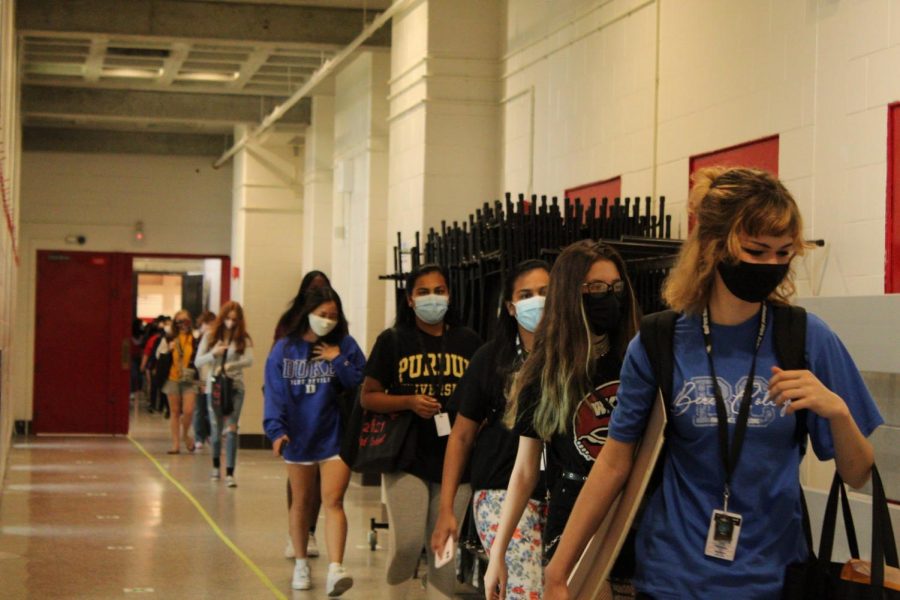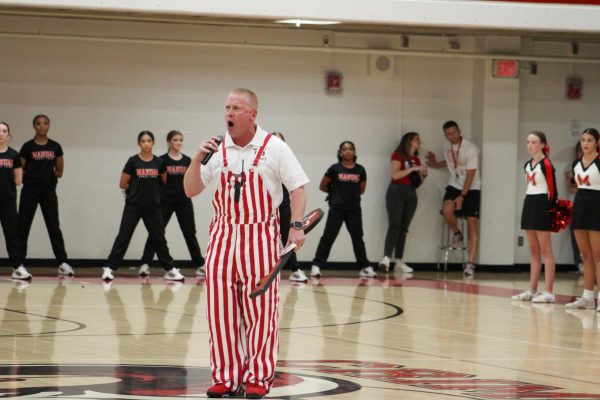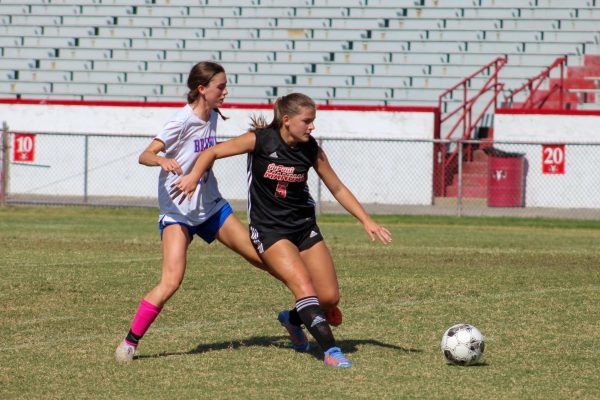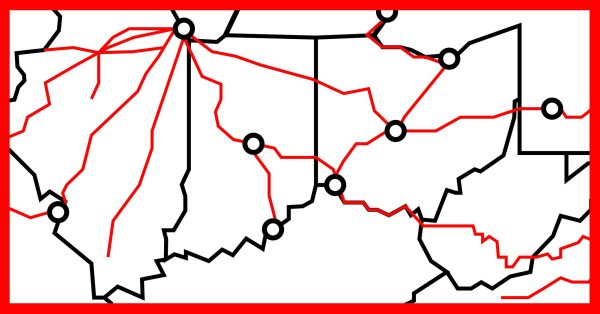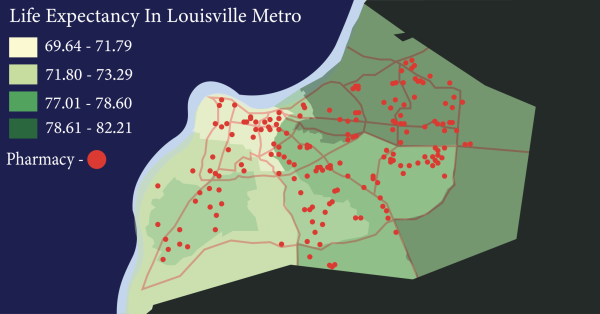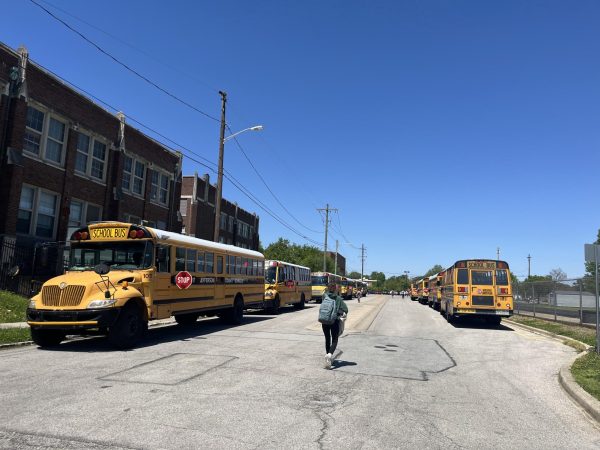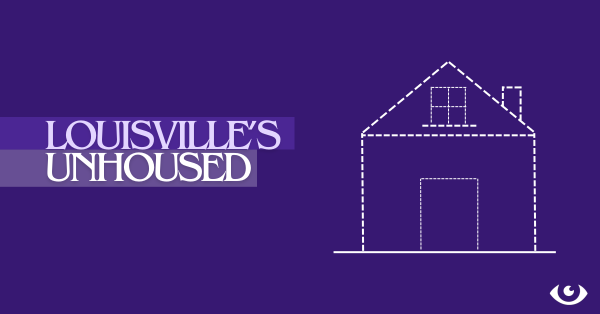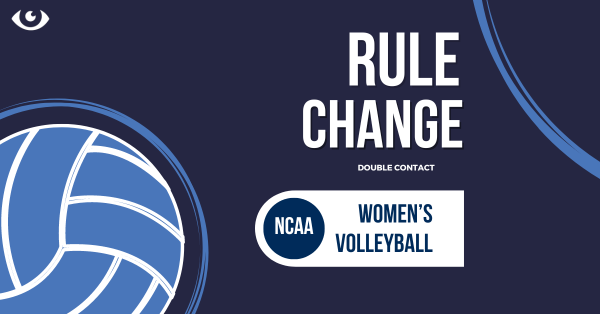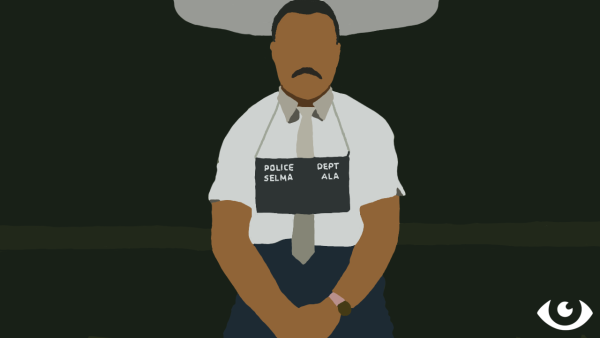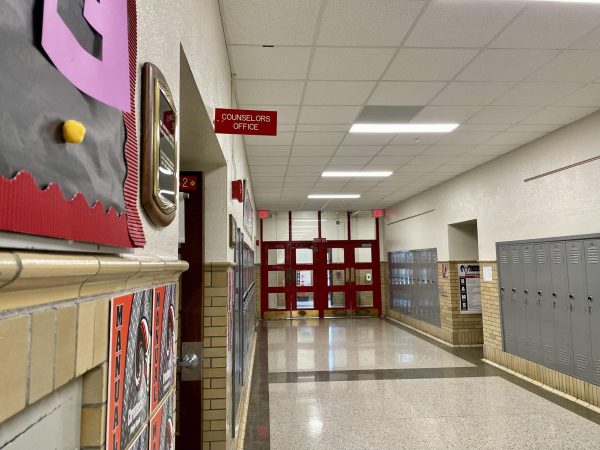GUEST OPINION: The data is in on NTI
The class of 2021 begins their final walkthrough of the building after a year of education affected by COVID-19. Photo by Molly Gregory.
December 31, 2021
As colleges and some school districts have recently halted in-person instruction amid fears of the omicron variant, there was also a subtle undercurrent of fear among some Manual students at the end of the last semester that they might not return in January. Though the Kentucky General Assembly has passed a law saying that districts cannot use more than 10 NTI days, and JCPS apparently has no plans to return to NTI, it might still be a relevant time to reflect on the effects of NTI across the country and in JCPS.
The data from JCPS and around the country show that the costs of remote learning were high for students and that school closures were not an especially effective way of reducing COVID-19 cases.
All data on JCPS was sourced from their Cascade Data Portal and my calculations can be found here.
Part I: The Costs are High
A staggering number of JCPS students fell behind grade level standards during NTI. For example, 40% of JCPS elementary school students and 35% of middle school students scored proficient or distinguished in math on the state standardized test in 2018-19, the last entirely pre-pandemic school year. In the 2020-21 school year, after much time spent in NTI, only 18% of each group scored proficient or distinguished. That means that roughly half of the elementary and middle school students who were on or above grade level in math two years ago have fallen behind.
Declines in reading and science scores were slightly less dramatic, but still stark. This fits in with trends observed across the country on declines in learning in districts with less in-person instruction.
Of course, education should strive towards much more than just increasing standardized test scores, but these tests are by far the best data we currently have on student learning. They test for important concepts such as reading comprehension and math skills while remaining fairly consistent across years, allowing for comparison. That data shows that students’ understanding of concepts after a year of NTI (and some hybrid school) markedly declined.
JCPS high schoolers also suffered academically. In an average of JCPS high schools, ACT scores for the 2020-21 school year were down by about .6 as compared to the year prior, when tests were pre-pandemic. Average scores decreased at 20 of the 22 JCPS high schools (Atherton and Brown increased by .2 and .1, respectively).
In the 2019-20 school year, when AP tests were cut down to only assess content most schools had covered in-person before March, JCPS students passed a combined 5,706 AP tests. For the 2020-21 year, only 3,304 (both the number taken and the pass rate fell significantly).
For an individual at Manual, these changes are not the end of the world. If you got a 32 instead of a 33 on the ACT or only passed three AP classes rather than four, you’ll be fine. But on the level of an entire society, it’s worrisome. It represents a significant loss of crucial knowledge and skills in reading, writing, history and critical thinking across an entire generation. This is especially concerning (to me, at least) at the elementary school level, where achievement can be such a powerful predictor of future success and an important base for further learning.
Test scores are not a metric you should pin your self-worth on, but if you aren’t concerned that an extra 14% of all elementary schoolers are testing “novice” on reading comprehension skills (meaning that they are far below grade level), then you might not believe in the mission of public education.
Students and parents saw the costs of NTI first-hand. Across the country, as private schools were largely able to stay open safely last year; they responded accordingly and private school interest soared.
In the public school exodus observed across the country, JCPS has not been spared. Elementary and middle school enrollment for this school year is now nearly 8% lower than in 2019-20.
Two years ago, JCPS had 43,670 elementary school students enrolled. This school year, JCPS elementary enrollment stands at 40,257. That may not sound like much, but that’s nearly 3,500 missing elementary school students in addition to 1,700 empty chairs in JCPS middle schools.
An aging city could account for part of this decline (Jefferson County recorded a slightly lower under-18 population in the 2020 census than in 2010), but high school enrollment barely budged over the same pre-pandemic-to-present period in which middle and elementary school enrollment plummeted. That doesn’t seem like demographics.
Keep in mind that while NTI may have been hard on us high schoolers in a myriad of ways, we know how to use computers and feed ourselves and not accidentally burn the house down while staying home alone. Imagine what it would be like for a seven-year-old. Elementary schoolers just can’t function at home alone while their parents are at work in the way that we can.
It seems, then, that a little under eight percent have either stopped coming to school altogether or were enrolled in private schools (which mostly stayed open in-person throughout the 2020-21 school year) since NTI started. On virtual “learning,” students voted with their feet.
But most Louisville parents can’t shell out the $25,000 a year to send their kids to Collegiate. While in-person education continued for the rich, it didn’t for most.
Public education should strive to level socioeconomic inequalities and provide opportunities to all people. Unfortunately, the gaps widened when private schools provided in-person education and public schools shut down.
For poorer families, NTI was harder. They had no opportunity to transfer to expensive private schools, were more likely to have no parents home during the day and were less likely to have access to a stable internet connection. Across the country, this disparity led to widening achievement gaps along socioeconomic and racial lines. It seems likely that the same happened in Louisville.
Learning loss is bad enough, but we are also in the midst of a mental health crisis in JCPS, and there are reasons to think that NTI may have exacerbated that problem.
It’s obvious to state, but sitting in your room staring at a computer screen doing monotonous tasks all day is not the same experience as going to school. My personal preferences may not be reflective of everyone’s, but I like interacting with people outside of my family on a daily basis; I like being able to eat lunch with my friends; I like getting to know people; I like looking at something other than a screen for much of the day; I like meeting with clubs.
Researchers have found an association between school closures and poor student mental health, particularly among adolescents and those from low-income families.
A CDC study found that rates of attempted suicide among adolescent girls were over 50% higher in February and March 2021 than in those months of 2019, while rates hadn’t changed much for those older than 18.
That study was only designed to find correlation and not causation, and the best, most definitive research on the effects of remote learning will take time, but it is worth noting that, before the pandemic, social isolation and high levels of screen time were found to actually cause higher rates of mental health problems among children and teenagers.
Part II: The Benefits are Minimal
The massive costs of NTI might be worth it if the benefits in terms of lives saved were comparably large. But the benefits are harder to demonstrate.
According to a study published in the Journal of American Medicine, “there has been little evidence that schools have contributed meaningfully to increased community transmission.” Another study did “not find any evidence that school closures in Japan reduced the spread of COVID-19.”
We forget, too, that when students disappear from classrooms, they don’t literally disappear. Parents who have to find child care for their kids when school is online may be sending them to a place that is less safe and results in more transmission than schools.
And teenage social life isn’t eradicated either—and it seems more COVID-safe that students socialize while masked and at least somewhat distanced in schools and during clubs than the predictable alternative of maskless gatherings when school is online.
We must also acknowledge, though it has become a bit taboo to point out in liberal social circles like mine, that COVID-19 poses an extremely low risk of death to children even if they catch it. In a normal year, children would be more likely to die of the flu and pneumonia and nearly six times as likely to die in motor vehicle crashes (that’s not to negate the importance of such tragic deaths—let’s work on speed limit enforcement, street design and the ever-increasing height of vehicles to reduce them).
We also have vaccines now, and the COVID-19 death rate is currently 13 times higher among the unvaccinated as compared to the vaccinated.
According to CDC data, there have been six fully vaccinated Americans aged 12-17 who have died of COVID-19. Six deaths are tragic, but vaccinated teenagers tolerate a vastly larger risk when they drive to school in the morning.
Also “long COVID” doesn’t seem to be much of a risk among children either. A recent meta-analysis found that rates of long-term symptoms were not significantly higher among children and young people who had COVID-19 as compared to a control group who never had COVID-19.
There is also the risk to teachers. But the CDC says that schools “are not the primary means of exposure to SARS-CoV-2 among infected children. Several studies have also concluded that students are not the primary sources of exposure to SARS-CoV-2 among adults in school settings.” In other words, most students and teachers who contract COVID-19 get it from social events or family or some other source, not from students in school.
And a study from Scotland found that “teachers and their household members were not found to be at increased risk” of hospitalization with COVID-19 as compared to similar adults even when schools were open (and that included the autumn of 2020 in Britain, before vaccines were available).
JCPS was virtual until well into the spring of 2021, but the Archdiocese rightly boasts that it kept schools open and was “able to work together with health experts to ensure that our students received in-person instruction and stayed safe during the pandemic” throughout the 2020-21 school year.
Part III: We Must Get Our Priorities Straight
In Europe, schools were largely open throughout the 2020-21 school year. Private and parochial schools throughout this country, including in Louisville, mostly stayed open throughout that year. Many schools in more rural and conservative areas and states were open all year. American public schools in liberal areas were among the only ones in the developed world that failed to provide in-person education last year.
It didn’t have to be like this. Across the Atlantic, governments shut down the much riskier activities of in-person dining before shutting down schools, while we chose to shut down schools instead of bars.
This shows an epic failure of priorities. We know that the British love their pubs, but they were willing to sacrifice their neighborhood watering holes before shutting down education. America chose not to prioritize students and education, even as the evidence mounted that restaurants were much riskier places than schools for COVID-19 spread.
Nor does the omicron variant provide good reason to return to NTI. From Quebec to South Africa to Britain, the variant caused or is causing a surge in cases without much of an increase in hospitalizations or deaths.
There are ways to further reduce the risk of transmission in schools, and the first strategy should be vaccination. JCPS should expand on its student vaccination drive. That should include offering Pfizer booster shots to all students over 12, which is especially important as booster shots are crucial in protecting against the omicron variant.
Mask mandates seem to be effective at reducing transmission, and JCPS should certainly keep its mandate in place at this stage. JCPS can also work on improving ventilation in schools, but vaccination and masks are probably the best methods it can use for limiting the spread. School closures are not the answer.
Temporary school closures were understandable in the spring of 2020, when so much of American society came to a screeching halt in the face of a new and unknown Coronavirus. But we are not living in the spring of 2020 anymore. The overwhelming evidence shows that school closures harmed student mental health and learning as well as the public education system in Louisville, while being relatively ineffective at reducing the spread of COVID-19.


